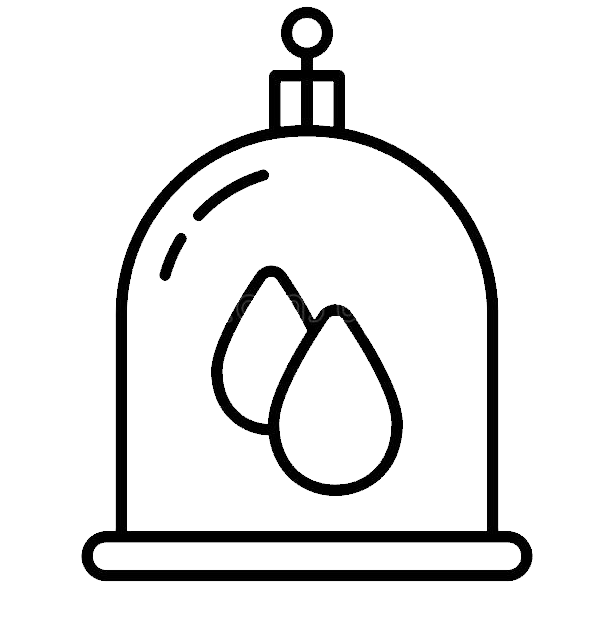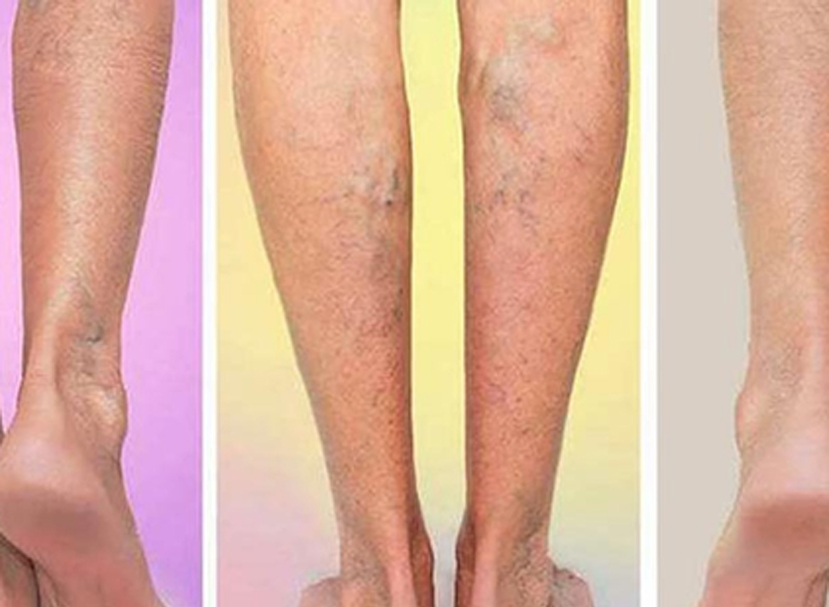

Mehdipatnam, Hyderabad, Telangana
9 am to 6 pm (Fridays off)
Spider veins are often confused with varicose veins, but there are distinct differences between the two. Spider veins are smaller, closer to the skin's surface, and typically do not cause significant symptoms. Varicose veins, on the other hand, are larger, twisted veins that can cause discomfort, swelling, and other complications. As the major root cause for both is reduced blood flow so many times person suffering from Spider veins may end up with Varicose veins which is many times deteriorated version of Spider veins.
Spider veins, also known as telangiectasias, are small, dilated blood vessels that appear close to the surface of the skin. They are usually red, blue, or purple in color and have a web-like or branching pattern, resembling the legs of a spider. Spider veins can occur on various parts of the body, but they are most commonly found on the legs, particularly on the thighs, calves, and ankles.

Causes: Spider veins primarily involve the smallest blood vessels called capillaries. Reduced blood flow and increased pressure can weaken the walls of these capillaries, making them more susceptible to dilation and visible appearance as spider veins. Various factors can contribute to decreased blood circulation possibly prolonged periods of standing or sitting, lack of physical activity, obesity, hormonal changes, and certain medical conditions that affect blood vessel function. Spider veins hint towards underlying blood flow issues that if left unattended exponentially increases the possibility of acquiring varicose veins with potentially severe symptoms. Varicose veins and Spider Veins can co-exist also.
Varicose veins are bulging, twisted veins that can cause more significant symptoms, including pain, swelling, and a higher risk of complications such as blood clots or skin ulcers. Varicose veins develop in several stages, and the severity and discomfort can progress over time. The stages of varicose veins are generally classified based on the appearance and symptoms associated with the condition. Here are the typical stages:
Stage 1: Spider Veins or Reticular Veins
In the early stage of varicose veins, small clusters of dilated blood vessels known as spider veins or reticular veins may appear on the skin's surface. These veins are typically small, red, blue, or purple in color and may resemble a web-like pattern. Spider veins are not usually associated with significant symptoms but can be a cosmetic concern.
Stage 2: Spider Veins transformation to Varicose Veins
As varicose veins progress, larger veins become affected. Varicose veins are characterized by twisted, bulging veins that are visible beneath the skin's surface. They may appear blue or purple and are often raised or protruding. In this stage, individuals may experience symptoms such as aching, heaviness, or discomfort in the affected area. Swelling, cramping, and itching may also occur.
Stage 3: Edema or Swelling
With continued progression, varicose veins can lead to edema, which is the accumulation of fluid in the tissues. Edema commonly affects the lower legs, ankles, and feet. The swelling can worsen throughout the day and may be accompanied by a feeling of tightness or heaviness in the affected limbs.
Stage 4: Skin Changes
As varicose veins persist, the affected skin may undergo changes. The skin around the varicose veins may become discolored, appearing brownish or reddish. It may also feel dry, itchy, or irritated. In some cases, the skin can become thin and fragile, leading to the development of open sores or ulcers known as venous ulcers. These ulcers are typically located near the ankles and can be painful and difficult to heal.
How Hijama Cupping Helps: We at i-Revive apply gliding cupping techniques prior to Hijama which works wonders in Spider/Varicose veins issue.
Increased Blood Flow: We start with gliding cupping, the movement of the cups across the skin provides mechanical stimulation to the blood vessels and surrounding tissues. This stimulation breaks up areas of stagnation or congestion, facilitating the movement of blood and promoting circulation. This improved blood circulation aids in the removal/flushing of stagnant blood that is accumulated in the veins or capillaries and hence getting the blood move and reducing the accumulated pressure on the blood vessels.
Lymphatic Drainage: Cupping therapy stimulates the lymphatic system, which plays a crucial role in removing waste products and excess fluids from the body. By enhancing lymphatic drainage, cupping therapy helps eliminating the stagnant blood and reduce any associated swelling or congestion.
Tissue Decompression: The negative pressure created by the cups during cupping therapy decompresses the tissues. This helps in release of any trapped or congested blood, allowing it to flow more freely and reduce stasis.
It's important to note that not all individuals with varicose veins can be dealt in a same manner especially the one whose vein have deteriorated to the final stages like ulcers, sever pain etc. Early detection and proper Hijama Cupping sessions along with gliding cupping and general aid techniques can help manage symptoms, prevent progression, and reduce the risk of complications. In many cases early action totally eliminates the varicose veins issue.

Writer
Imran Khan
Lead Practitioner at i-ReviveOne of the most commonly disregarded fact is that blood circulation issues can indirectly cause hormonal imbalances . Let's say when someone is diagnosed with Hypothyroid it not necessarily mean that the Thyroid gland...
Read MoreBlood cleansing plays a vital role in maintaining good health and overall well-being. The bloodstream acts as a transportation network, delivering essential nutrients, oxygen, and hormones to cells throughout the body and...
Read MoreThe proper functioning of our organs and muscles relies on a continuous and ample blood supply, which carries vital resources such as oxygen, nutrients, healing agents, hormones, anti-inflammatories, and natural pain relievers like opi...
Read MoreWhen cups are applied to the skin, a negative pressure is created, causing a rapid diffusion of various substances within the tissues. These substances are drawn...
Read MoreHijama, also known as cupping therapy, is considered a divine therapy that encompasses the body, mind, and soul. The human body relies on five vital organs—heart, brain, kidneys, liver, and lungs—for survival. The de...
Read MoreHijama Cupping therapy extends beyond the mere placement of cups, incisions, and blood extraction. The utilization of negative pressure and superficial incisions during Hijama Cupping yields diverse and profound effe...
Read MoreSpider veins are often confused with varicose veins, but there are distinct differences between the two. Spider veins are smaller, closer to the skin's surface, and typically do not cause significant symptoms. Varicose veins, on these a...
Read MorePolycystic ovary syndrome (PCOS) is a hormonal disorder affecting many women worldwide. It is characterized by hormonal imbalances, ovarian cysts, and various symptoms such as irregular menstrual cycles, excessive hair...
Read MoreHeavy metals, such as lead, mercury, arsenic, cadmium, and others, are toxic substances that can have extremely harmful effects on the body. Heavy metals can adversely affect human health: - Toxicity: Heavy metals ...
Read More